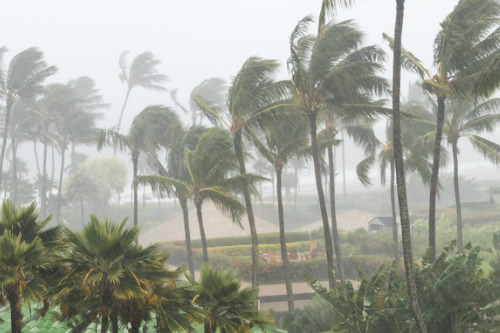

Hurricane Elsa became the first hurricane to make landfall on US soil in the 2021 Atlantic Hurricane season, when she smashed into Taylor County, Florida, on July 07, before rolling up the east coast to hit East Hampton, New York, on July 09.
Initial estimates from catastrophe modeling firm Karen Clark & Company (KCC) suggest that privately insured wind and storm surge damages to onshore properties and automobiles could be close to $240 million in the US – an expensive start to what could be a stormy season, if early weather projections come true.
As tropical storms bear down on populated areas, insurers have to scramble to ensure they can meet the needs of their customers before, during, and after the storms make landfall.
“During a catastrophic event, communication is key,” said Ruth Fisk, vice president of insurance marketing, Smart Communications. “And really, the key to being successful begins long before the event occurs. Before the start of the storm season, insurers can take proactive measures to help educate and prepare insureds for that unfortunate event. Being proactive can help to reduce exposure and claim severity, while greatly enhancing the customer experience.
“For example, they can provide advice or steps to reduce the severity, they can provide emergency preparedness tips, and they can make insureds familiar with the insurance process and how to initiate a claim should a severe weather event impact them directly. Taking the opportunity to interact with customers prior to a storm is very important.”
Once a storm has been indicated – it is rolling in and likely to make landfall – there are opportunities for insurers to send two-way personalized messages (often, these days, via text messaging) to raise awareness of the situation, and to make sure insureds are properly prepared and following local guidance around how to stay safe.
“It’s critically important for insurers to have a business continuity plan enacted, so that they can have access to their core systems to ensure they have the information they need to start processing claims as quickly as possible,” Fisk told Insurance Business. “Once the claims are initiated, claims professionals have got to juggle the many different expectations of today’s consumer, and they have to find the right approach for each customer with (what we call) hyper-personalized communication, which is being able to deliver messages via a customer’s preferred method of communication.”
The challenge when it comes to tropical storms and hurricanes is that the strong winds often knock the power out, and communication lines can be down for hours, if not days. That was the case in 2005 with Hurricane Katrina, when phone lines and cell towers were totally wiped out, making it hard even for insurance companies to contact their own employees and kickstart communications with clients.
“During extreme weather, not all communication elements are going to be up and available, so insurers need to be aware of that and have people on the ground, and people located in mobile units, for example, to do claims adjusting,” Fisk commented. “Either way, the claim adjusters need to be accessible, they need to be able to enable two-way communication, and they need to provide clear, concise and timely communication, with speed and transparency.
“The ability to respond to clients quickly and be able to field any questions or concerns that they have is critical. But claims professionals must also be empathetic and monitor sentiment to make sure that their customers are being well taken care of. It can be a devastating life event to go through if you’re involved in one of these catastrophic weather events.”
Providing an easy and frictionless method for insureds to report first notice of loss during a catastrophe is of utmost importance, according to Fisk. When someone has just lost their home, their phone lines are down, and they’re trying desperately to find out if their family is safe, the last thing they need is for the insurance claims process to be convoluted.
“Insurers should also communicate with insureds to help them get the emergency aid and shelter that they need,” Fisk added. “Essentially, the insurer has an opportunity to improve the customer experience by making sure they help insureds navigate all of those aspects, both before and after the storm.”
